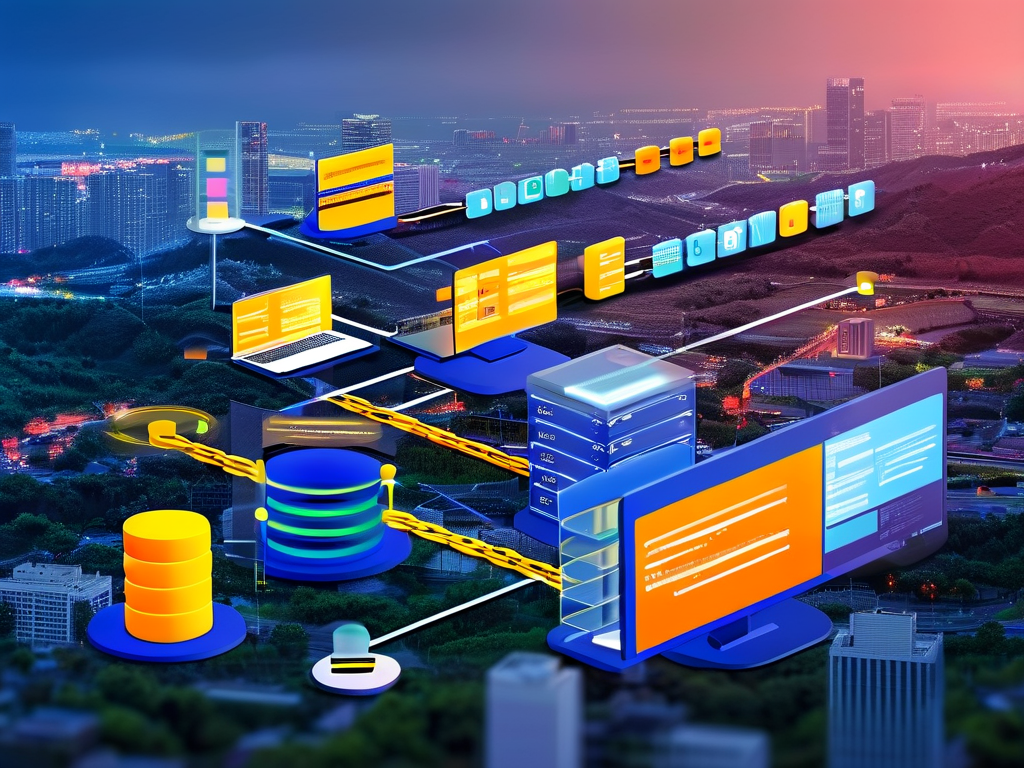In today's digitally driven landscape, load balancing technology has become a cornerstone of efficient network operations. This critical infrastructure component ensures seamless service delivery by distributing workloads across multiple computing resources. Let's explore the multifaceted roles of load balancing solutions and their real-world applications.

At its core, load balancing technology primarily enhances system availability and reliability. By intelligently routing traffic across servers, it prevents individual nodes from becoming overwhelmed during peak demand periods. This capability proves particularly valuable for e-commerce platforms during flash sales events, where sudden traffic surges could otherwise crash critical systems. Modern algorithms like weighted round-robin and least connections dynamically adjust resource allocation based on real-time server health metrics.
Another vital function lies in optimizing resource utilization. Traditional static server configurations often lead to uneven workload distribution - some machines operate at maximum capacity while others remain underused. Advanced load balancers employ predictive analytics to allocate tasks proportionally, ensuring hardware investments yield maximum returns. Cloud service providers leverage this feature to achieve 95%+ server utilization rates across global data centers.
Scalability represents a third crucial advantage. As organizations expand their digital services, load balancers enable horizontal scaling without service interruption. Content delivery networks (CDNs) demonstrate this capability effectively, automatically provisioning new edge servers as user demand increases geographically. The technology also facilitates smooth migration during system upgrades by gradually shifting traffic to updated infrastructure.
Security enhancements constitute an often-overlooked benefit. Contemporary load balancing solutions integrate features like SSL termination, DDoS mitigation, and web application firewall (WAF) capabilities. By inspecting incoming traffic at the distribution layer, these systems can block malicious requests before they reach application servers. Financial institutions particularly benefit from this layered security approach when handling sensitive transaction processing.
The technology also plays a pivotal role in improving end-user experience. Geographic load balancing routes users to the nearest available server cluster, significantly reducing latency for global services. Video streaming platforms utilize this feature to deliver 4K content with minimal buffering, automatically redirecting viewers during regional outages or congestion periods.
Business continuity receives substantial reinforcement through load balancing implementations. Active-active and active-passive failover configurations ensure continuous service availability during hardware failures or maintenance windows. This redundancy proves critical for healthcare systems requiring 24/7 access to patient records and telemedicine services.
Emerging trends show load balancing evolving beyond traditional network layers. Application-layer load balancers now make intelligent routing decisions based on content type, user device, and even behavioral patterns. A retail website might use this capability to prioritize mobile users during morning commute hours while optimizing desktop experiences in evening shopping periods.
While implementation specifics vary across industries, the fundamental benefits remain consistent: optimized performance, enhanced reliability, and future-ready infrastructure. As organizations increasingly adopt hybrid cloud environments and IoT ecosystems, load balancing technology will continue to serve as the invisible backbone powering our connected world.
The next frontier involves AI-driven load balancing systems that predict traffic patterns and automatically reconfigure network topologies. Early adopters in the autonomous vehicle sector report 40% improvements in data processing efficiency through machine learning-enhanced distribution algorithms. These developments promise to redefine what's possible in network management and service delivery.









